An augmented reality system developed by Lyft might make it less awkward for drivers to figure out who they are supposed to pick up.
In a patent application published by the US Patent and Trademark Office on Thursday, Lyft proposes an augmented reality system that helps passengers and drivers find each other with virtual prompts overlaid on a view of the real world.
According to the documentation, the system uses a combination of GPS, traffic information, and historical rideshare data from past Lyft passengers to determine the best location for the drivers to pick up their passengers. The system then anchors an augmented reality indicator on the app's camera view so that passengers know where to wait for their ride. In turn, the system can display augmented reality elements so that drivers can identify their passengers.
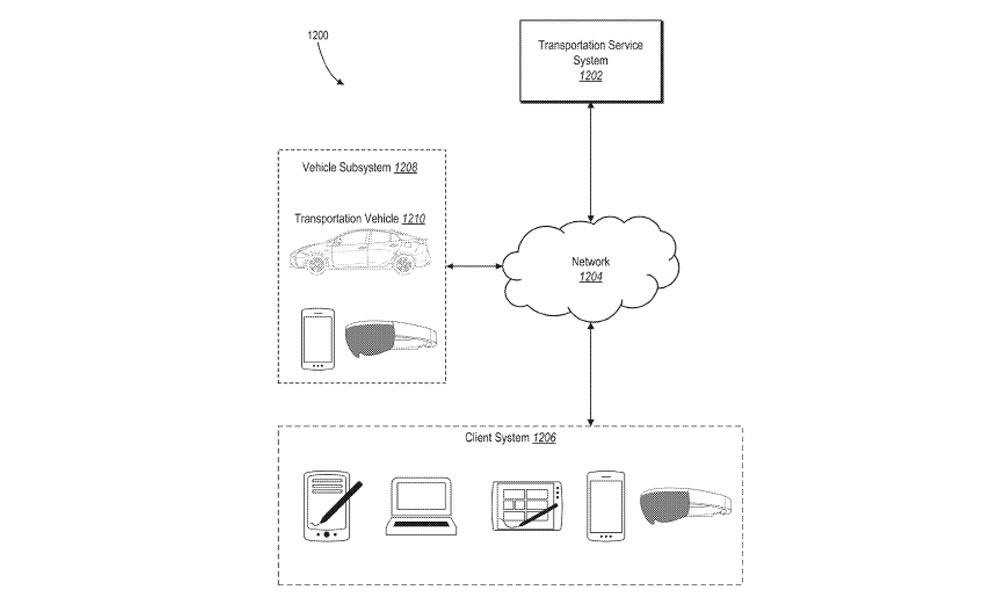



The technology seems to be ideal for implementation in Lyft's mobile app, but the company is keeping its options open, name-dropping the Microsoft HoloLens as a potential augmented reality device for the technology.
"Based on the ideal pickup location, the augmented reality transportation system generates, for presentation to the passenger (e.g., by way of an augmented reality device such as Microsoft HoloLens) an augmented reality element to mark or designate the ideal pickup location," the patent application description reads.
The proposed AR feature is very similar to the concept presented by AR cloud company Blue Vision, which Lyft scooped up in October 2018 for an undisclosed sum. In Blue Vision's concept, augmented reality would help passengers determine which car is their ride with similar augmented reality elements. However, Lyft originally filed for its patent in July 2017.

Put the two concepts together, and a picture begins to form regarding Lyft's near-term aims for augmented reality as a means to connect strangers in the name of commerce. But the ride-share company's acquisition of Blue Vision also has implications for self-driving vehicle technology further down the road.

"We believe that gaining a detailed understanding of the world is the key requirement for achieving a safe and scalable self-driving platform," said Peter Ondruska, co-founder and CEO of Blue Vision Labs, in a recent blog post regarding the acquisition. "Specifically, this technology helps car know where they are, what is around them, and what should they do next at scale not possible with other technologies. We are very excited to be working with Lyft to contribute to their efforts in enabling the future of autonomous mobility."
Likewise, Lyft's pending patent would give autonomous cars an even greater understanding of the vehicle's surroundings. In the meantime, though, the technology under development at Lyft and Blue Vision appears to be destined for mobile apps as AR features.
Just updated your iPhone? You'll find new features for Podcasts, News, Books, and TV, as well as important security improvements and fresh wallpapers. Find out what's new and changed on your iPhone with the iOS 17.5 update.
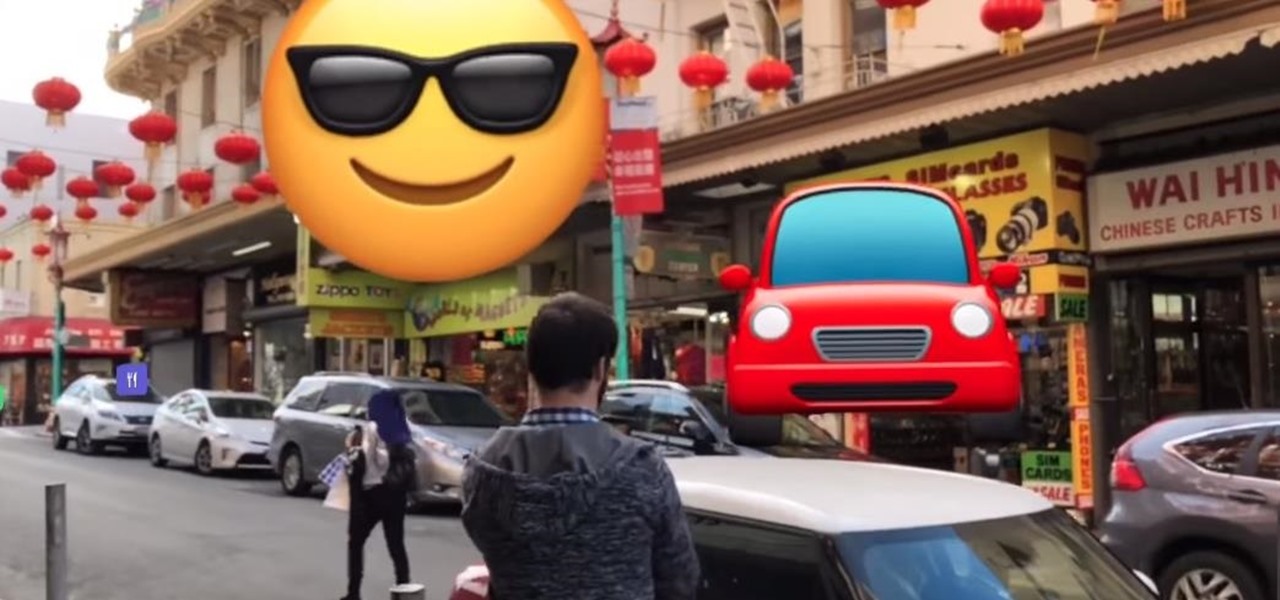




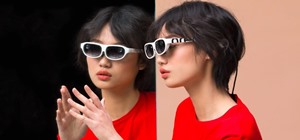





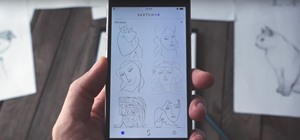










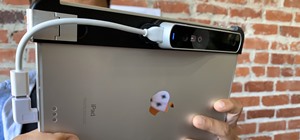
Be the First to Comment
Share Your Thoughts